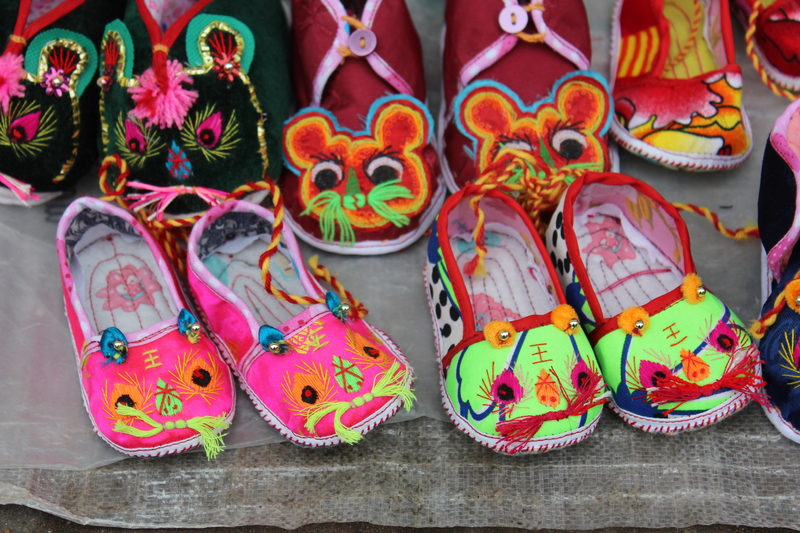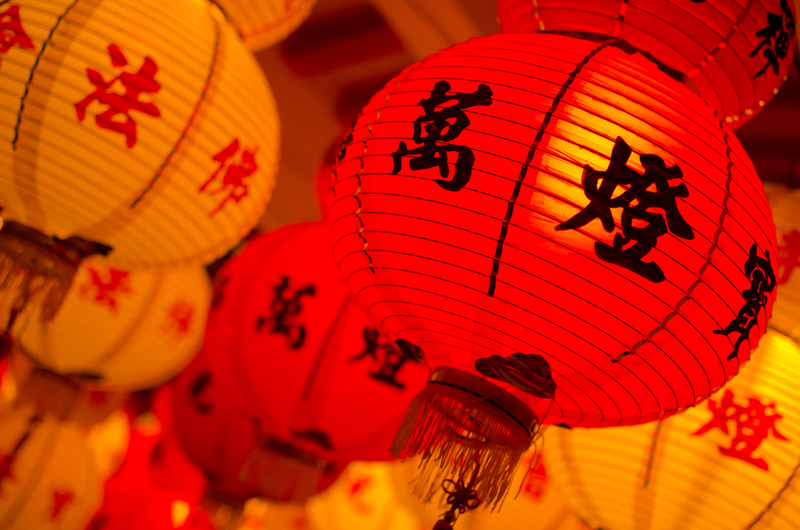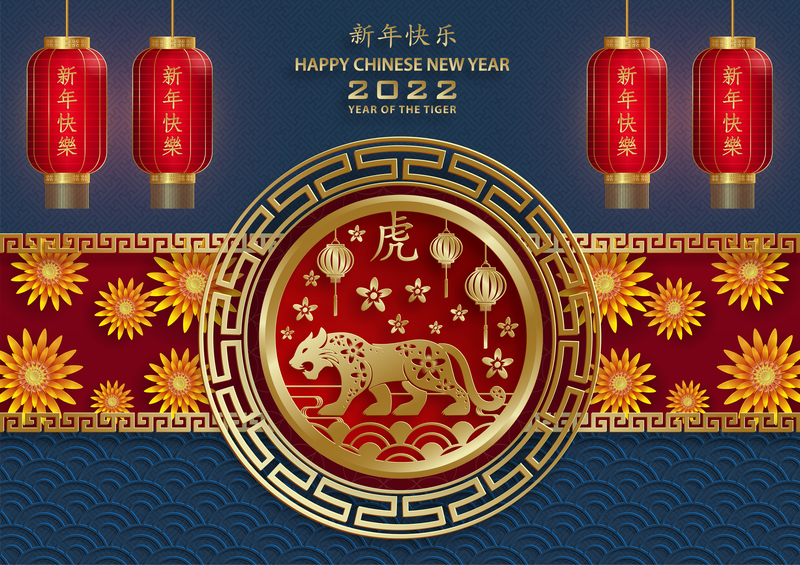According to the Chinese zodiac, 2022 is the Year of the Tiger. It starts from 1 February and lasts until 22 January 2023. Those born in the Year of the Tiger are believed to be brave, competitive, unpredictable and confident. Tigers’ beautiful colours and patterns are nature’s amazing work. Many Chinese children wear tiger-headed embroidered shoes for good luck. Each Chinese Lunar year is associated with an animal sign according to a 12-year-cycle. Babies born between 1 February 2022 and 22 January 2023 will be given the animal sign ‘Tiger’. Recent and upcoming years of the Tiger are 1938, 1950, 1962, 1974, 1986, 1998, 2010 and 2022.
As the tiger is considered to be the king of animals, the Chinese family name 王 Wáng is often put alongside a tiger image in traditional Chinese art and crafts.

Learn Common Chinese New Year’s greetings
The most frequently used new year's greetings are:
新年快乐 (xīn nián kuài lè)
新年好 (xīn nián hǎo)
恭喜发财 (gōng xǐ fā cái)
The first two expressions mean 'Happy New Year' while the last one means ‘wishing you a Prosperous New Year' and it is mostly used in Cantonese speaking communities and in business circles.
If you want to be more specific and say ‘Happy Year of the Tiger’, you need to say:
虎年快乐!Hǔ nián kuàilè!
Click here to see how the character for tiger (虎) is written (a total of 8 strokes and notice the direction in which each stroke is made).
Learn a few common Chinese proverbs that contain the word ‘tiger’:
初生牛犊不怕虎
chū shēng niúdú bú pà hǔ Newborn calves are not afraid of tigers
如虎添翼
rú hǔ tiān yì (lit. like tiger added wings) even more powerful and stronger
虎头虎脑
hǔ tóuhǔ nǎo (lit. tiger head and tiger brain) often used to describe young boys being healthy and energetic
虎头蛇尾
hǔ tóu shé wěi (lit. tiger head snake tail) great start but bad finish; anti-climax
马马虎虎
mǎ ma hū hū (lit. horse horse tiger tiger)
This expression can be used to describe a careless person; and also it can mean ‘just so-so’ as a response to a question asking how something went or about your opinion of something.
Tigers have different connotations in different cultures. For example, they are represented in many English poems and novels. Dr Frank Pearson (ex-OU student in Geoscience) presents his interpretation of William Blake's 'The Tyger' as a contradictory force, both creative and destructive, within the context of the French Revolution and our current situation. He explores Blake's ideas of art, poetry and perception traced in this poem and his wider writing and how they are still relevant. What does tiger represent in your culture?
The Chinese New Year festival season will last until 15 February which is known as the Lantern Festival.

Celebrate the new year by dipping into some of our fantastic resources on China and Chinese. In addition to those free resources, you may also wish to have look at our newly launched short courses in Chinese language and business culture.



Rate and Review
Rate this article
Review this article
Log into OpenLearn to leave reviews and join in the conversation.
Article reviews